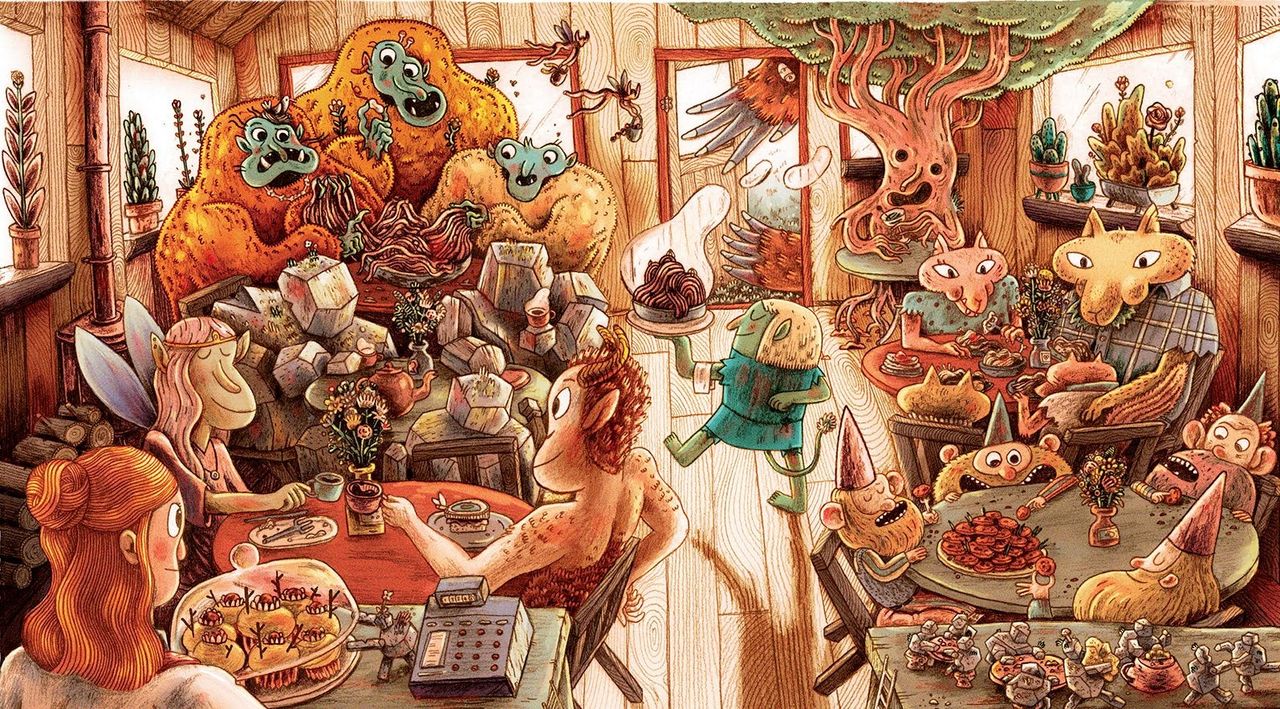
Until relatively recently, the craft of making a picture book has been somewhat overlooked. Despite the enduring popularity of greats such as Maurice Sendak, Beatrix Potter, and Raymond Briggs, to name but a few, the medium has fought an uphill struggle to shake off a historically uncool reputation.
Thankfully, their fortunes are on the up. Agile publishers and champions of the form have raised the profile of picture books to new heights, and the stunning works of contemporary authors such as Shaun Tan, Beatrice Alemagna, and Jon Klassen have been exposing audiences of all ages to their incredible potential. (See more in our list of the 23 stunning book illustrations.)
For artists, picture books allow them to tell stories in a way that no other medium can match. Combining the dual disciplines of art and writing, the life of a picture book maker may be precarious at times, but its rewards far outweigh the challenges. (We also have some advice in our Procreate tutorials.)
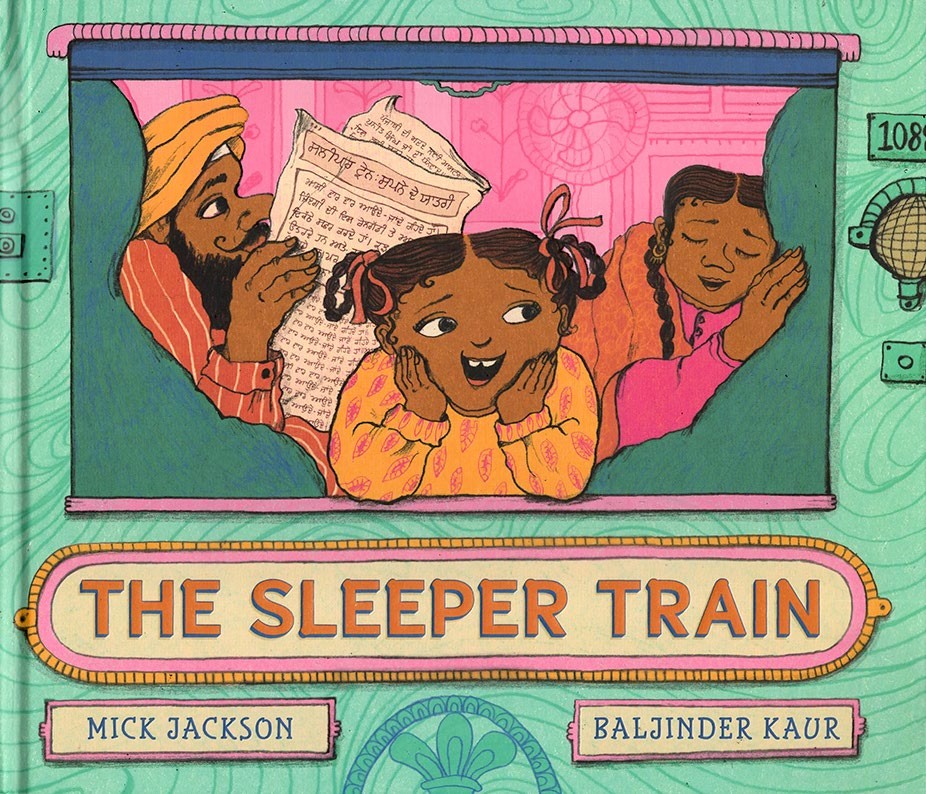
Defining the form
Illustrated books come in all shapes and sizes, so defining exactly what a picture book is will help out aspiring artists on their journey. Prof. Martin Salisbury, the illustrator who founded the renowned Children’s Book Illustration masters course at Anglia Ruskin University’s Cambridge School of Art, is perfectly positioned to clarify.
“In a picture book, the words and pictures combine to deliver meaning,” the academic explains. “Typically, neither word nor image would make sense if experienced in isolation from the other. It’s a sort of duet, really, or perhaps the picture book maker can be closely compared to a singer-songwriter."
He adds, “By contrast, in illustrated books, the words would usually make perfect sense when read on their own. The images are there to augment or enrich the reader’s experience, giving them a visual accompaniment or backdrop that avoids duplicating what the words are saying.”
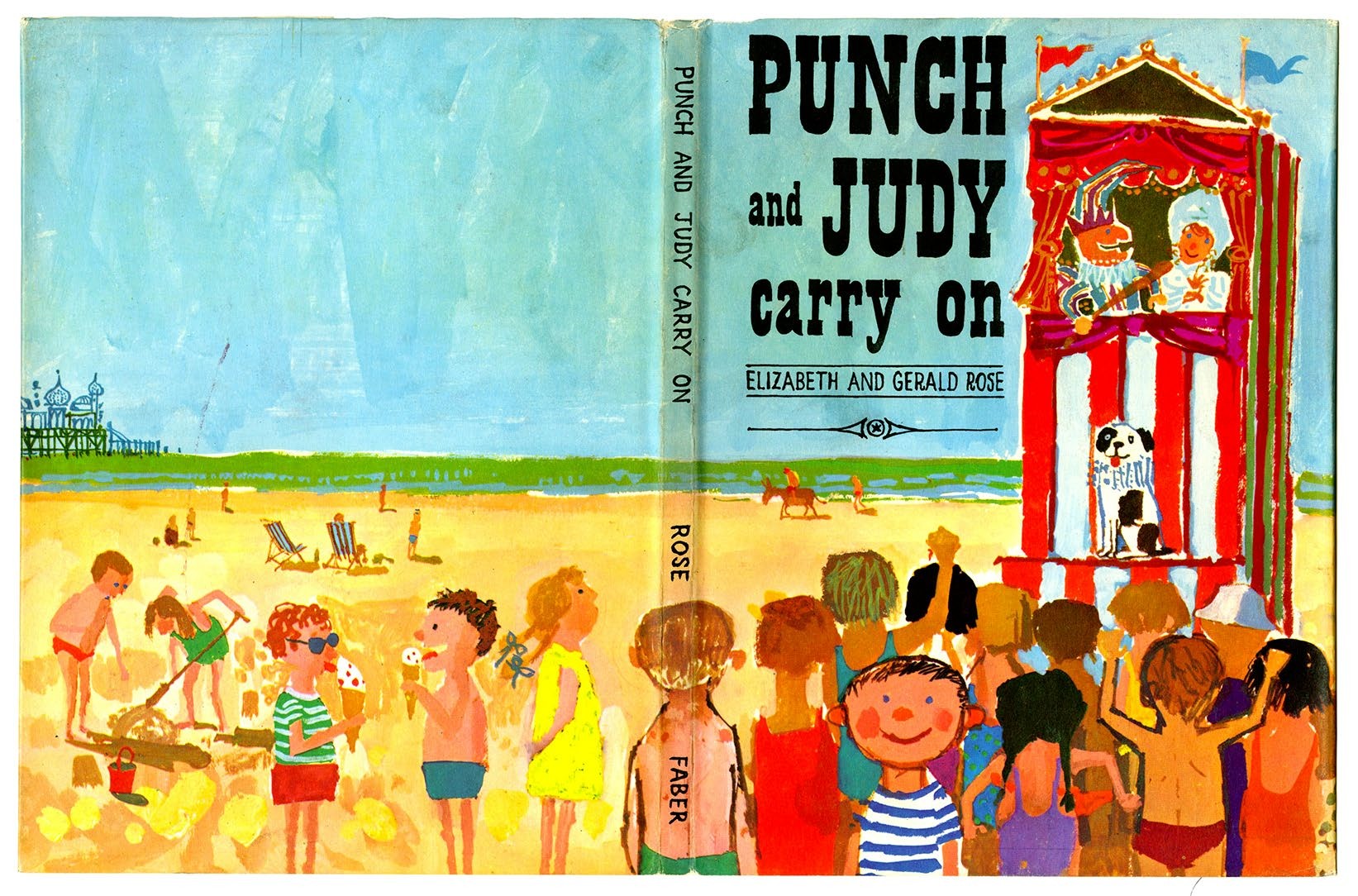
Picture books pull in creatives from all backgrounds thanks to their format. “I’ve always been fascinated with the art form of a picture book; they feel like miniature films where the author/illustrator gets to play all of the roles of a production – from script to worldbuilding to final art,” says Aaron Becker, who spent the first 10 years of his career working as a concept illustrator at Robert Zemeckis’s film production company under the watchful art direction of Doug Chiang.
“Picture books have this magical thing called a page turn, which is a physical process the reader must make when they’re ready to find out what happens next,” he adds. “I think this leads to a level of engagement and immersion that more passive entertainment lacks. The reader must decipher the images’ details and decide on the pace of the story’s progression. The best picture books always have a moment of delight after each turn.”
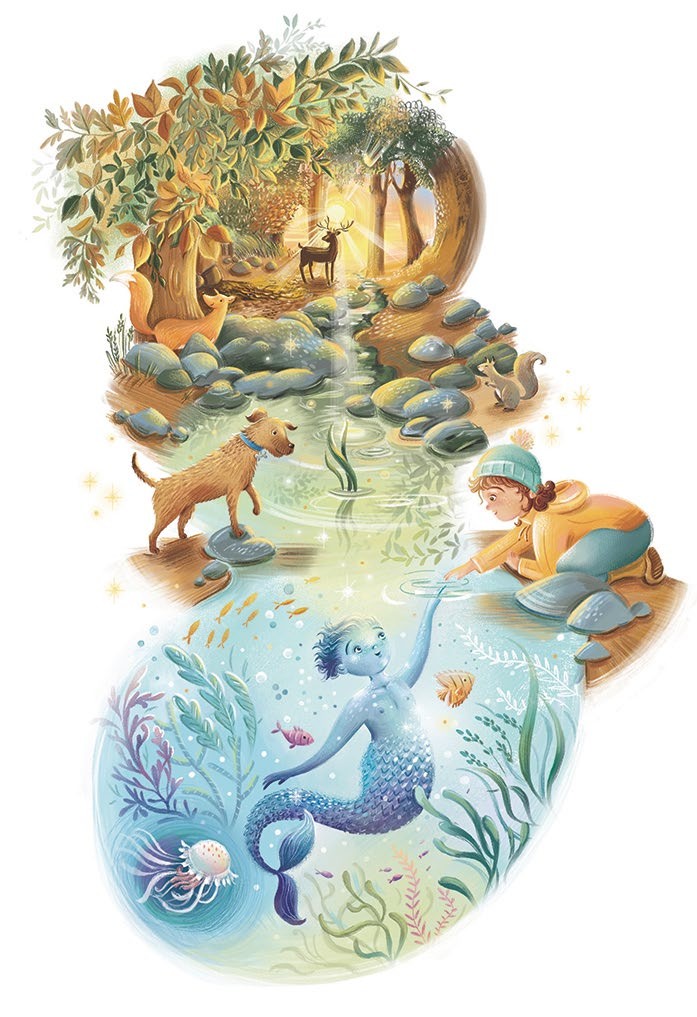
Appealing to audiences
As well as being a varied creative outlet, picture books also fulfil an important role better than most other genres. “They’re great for helping children explore complex topics, work through difficult situations, stimulate their imaginations, and connect with the adults in their lives,” says illustrator Zoe Damoulakis.
She adds, “There are times when it’s just about having a giggle or winding down before bed. These things feel more important now than ever.”
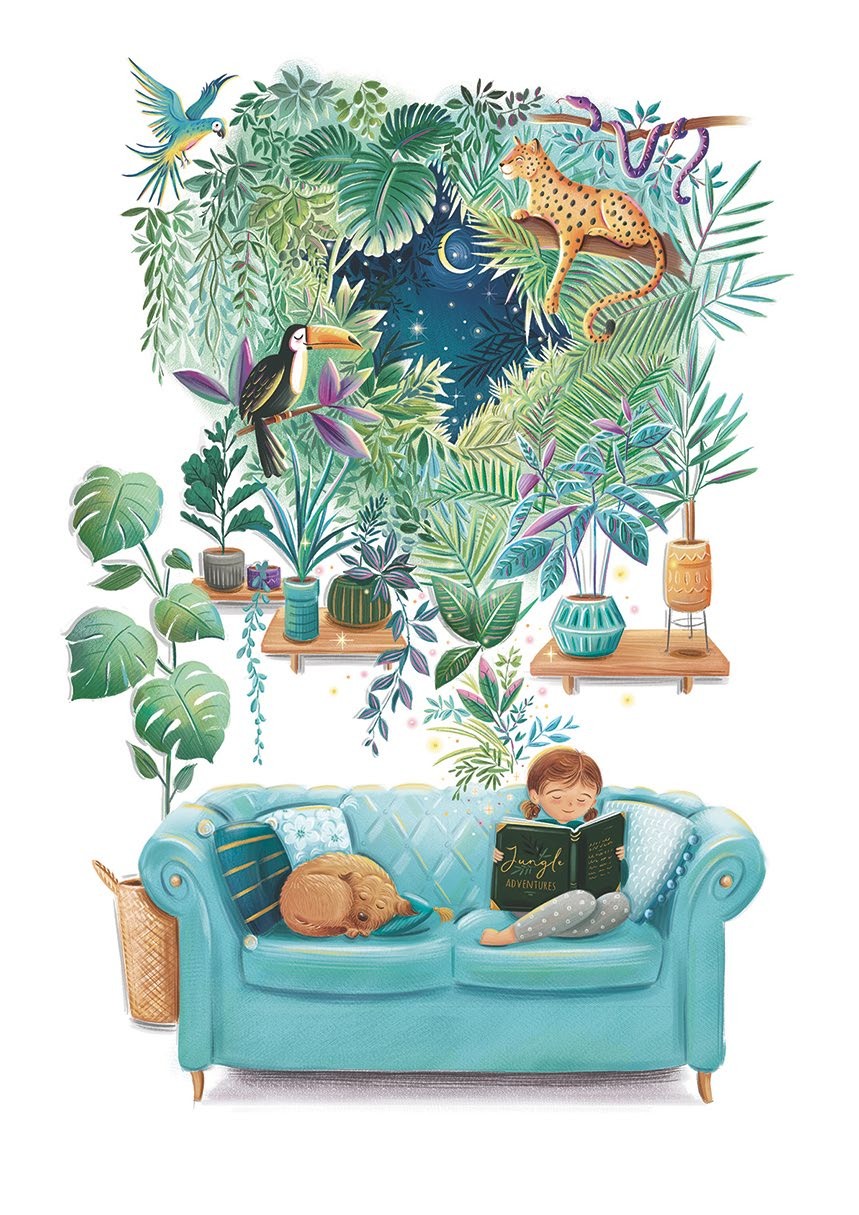
Meanwhile, picture books offer a way to combat declining literacy levels and the ability of young people to concentrate, says Grahame Baker-Smith. “When I read to my children, it was a lovely, intimate, and bonding time at the end of the day,” explains the illustrator.
Adding, “We could read slow or fast, go back and forth as we liked, linger over a much-loved passage or picture, smell the ink on the page, and feel the weight of them in our hands. We were in charge of the process.
“Stopping a book is not the same as pausing a video. A film gives you all you need to know about movement, at 24 frames at a time. But the movement, and therefore the life, in a book happens between the turn of a page, and then only if you put in something yourself that exercises your imagination.”
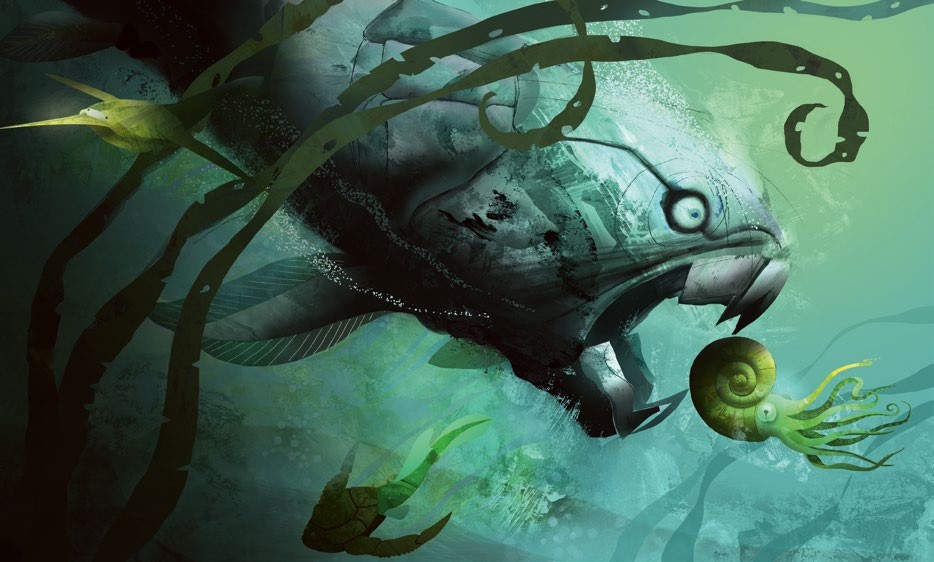
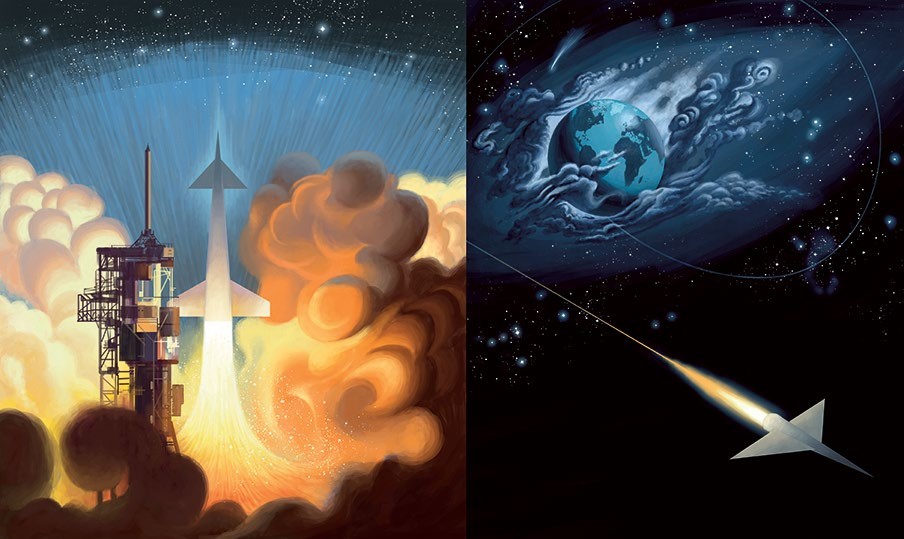
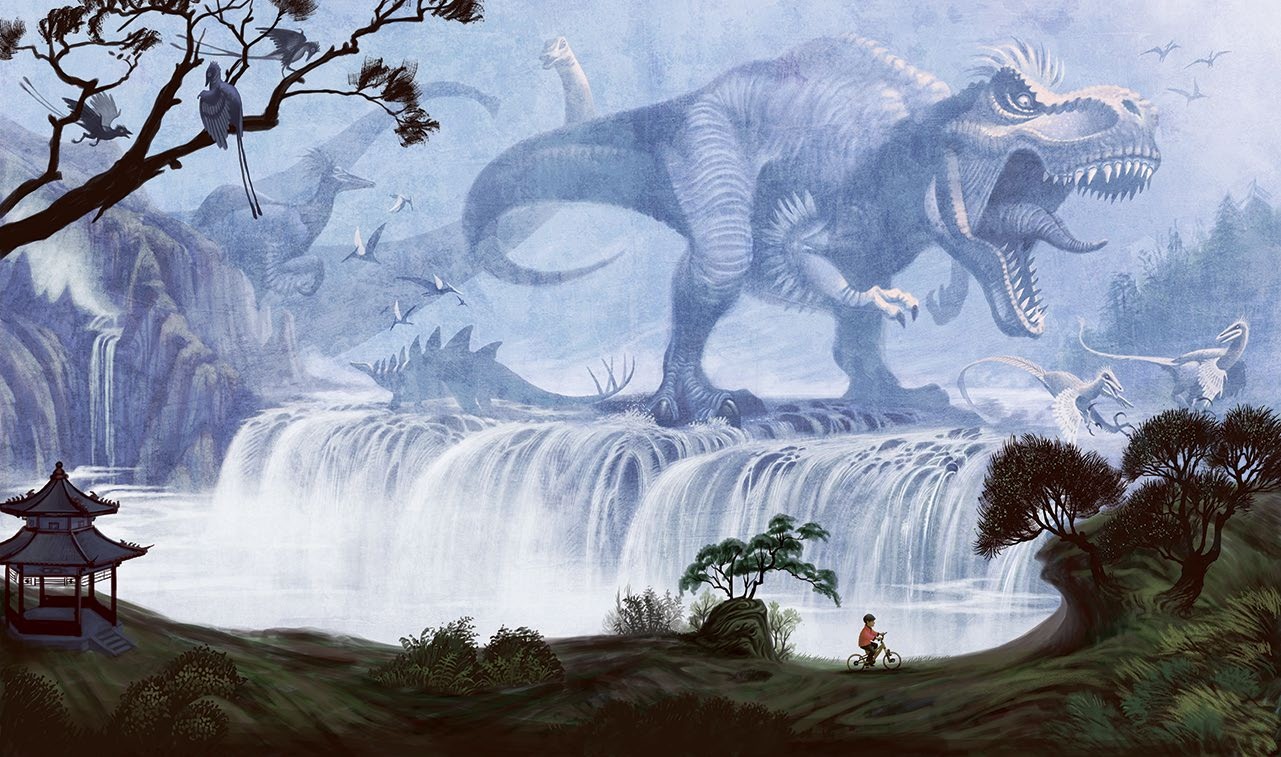
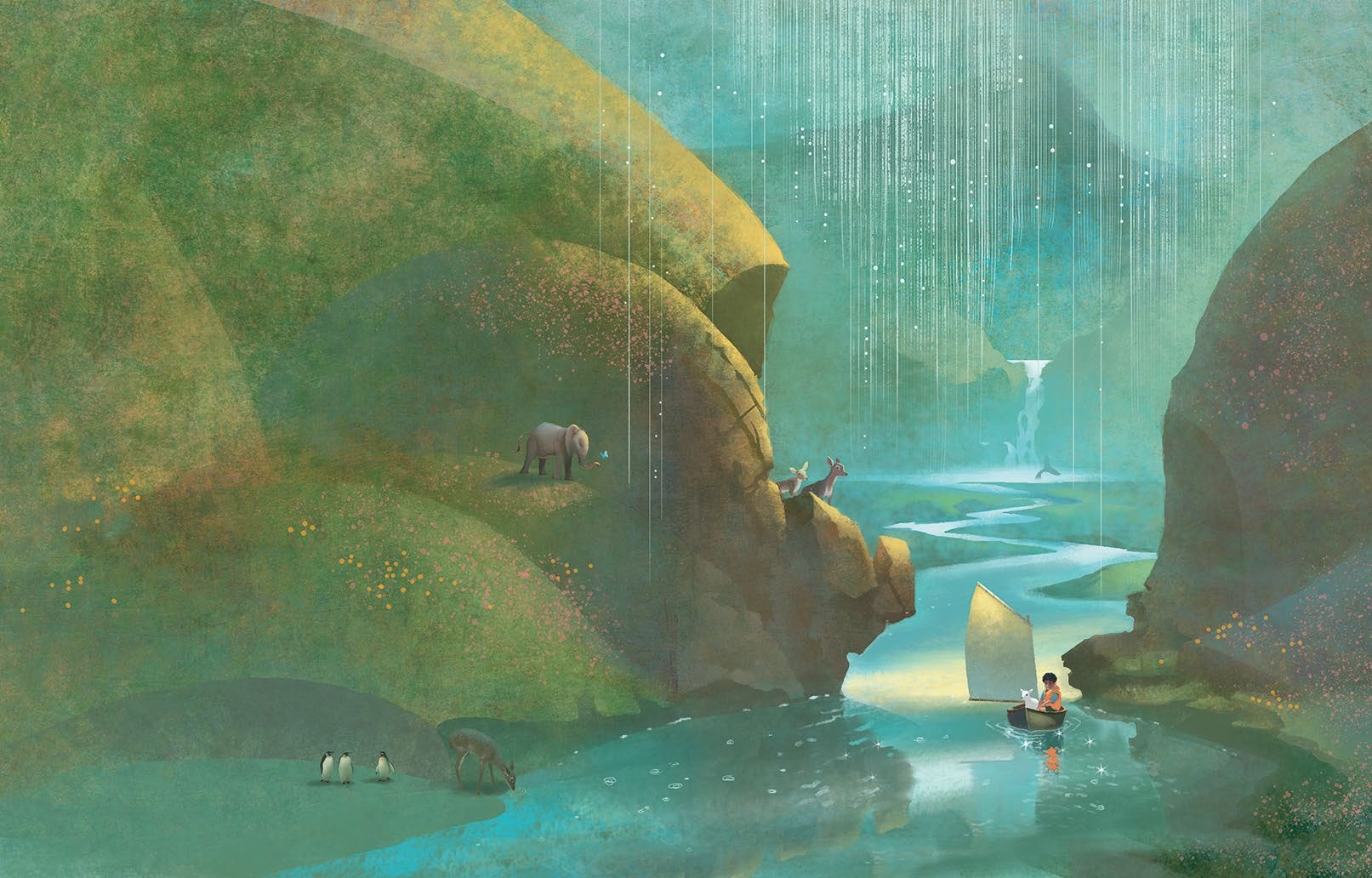
Picture books don’t have to target younger readers exclusively, though. Author and illustrator Mikey Please explains how to appeal to different age groups. “I think that children are looking for an immersive world, whereas adults want to create their own,” he says.
Adding, “They generally don’t want to be spoon-fed so much, particularly in the context of illustrations inside a novel, as is the case with my book The Expanded Earth. I had to be sensitive not to disrupt the internal picture forming in the reader’s mind. I don’t think adult readers want to be told stories in the same way. Quite rightly, they want to come to their own conclusions.”
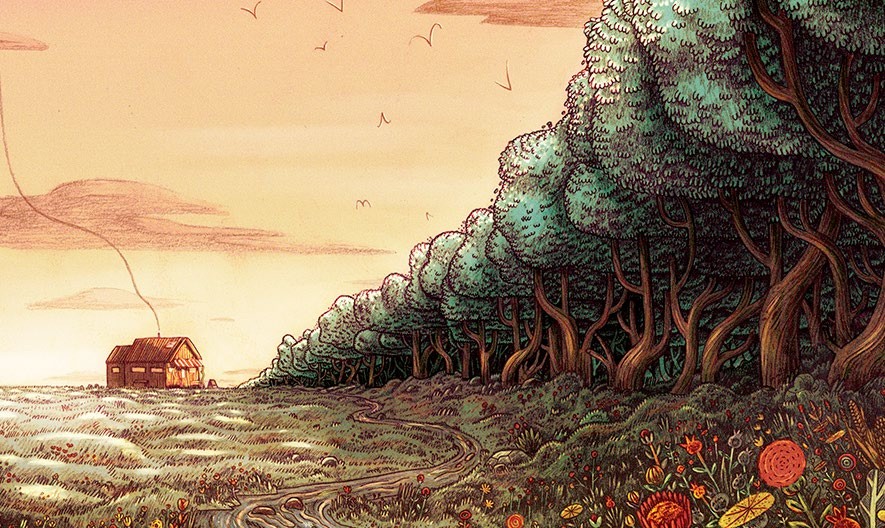
Entry requirements
Compared to other creative markets, picture books have a certain anarchy to them that can accommodate a broad range of artists. For creators looking to get into them, Zoe still recommends nailing down the fundamental skills of drawing and painting.
“I’d advise you to avoid getting fixated on these, though, and remember that the tools are there to serve your storytelling and that you’re allowed to break the rules,” she says. “Collect a wide variety of artwork that you love and investigate why they appeal to you so you can get in touch with your own aesthetic."
She adds, “Take a look at your own wider interests, background, and the things that excite you, and respond to these. Start making work straight away even if the results aren’t satisfying to you immediately – you’ll learn quicker by doing rather than by thinking.”

One common theme among the artists we spoke to, however, is to avoid worrying about the ‘S’ word: style. “Your own creative voice will emerge naturally as you produce more and more work,” Zoe continues.
Grahame agrees: “Concentrate on the thing you most want to do, the thing that is in you to do. The style will come naturally out of your experience of life, your own artistic interests, and your integrity. It will come from the subject matter and it will – or it should if you don’t fixate on it – evolve naturally throughout your career.”
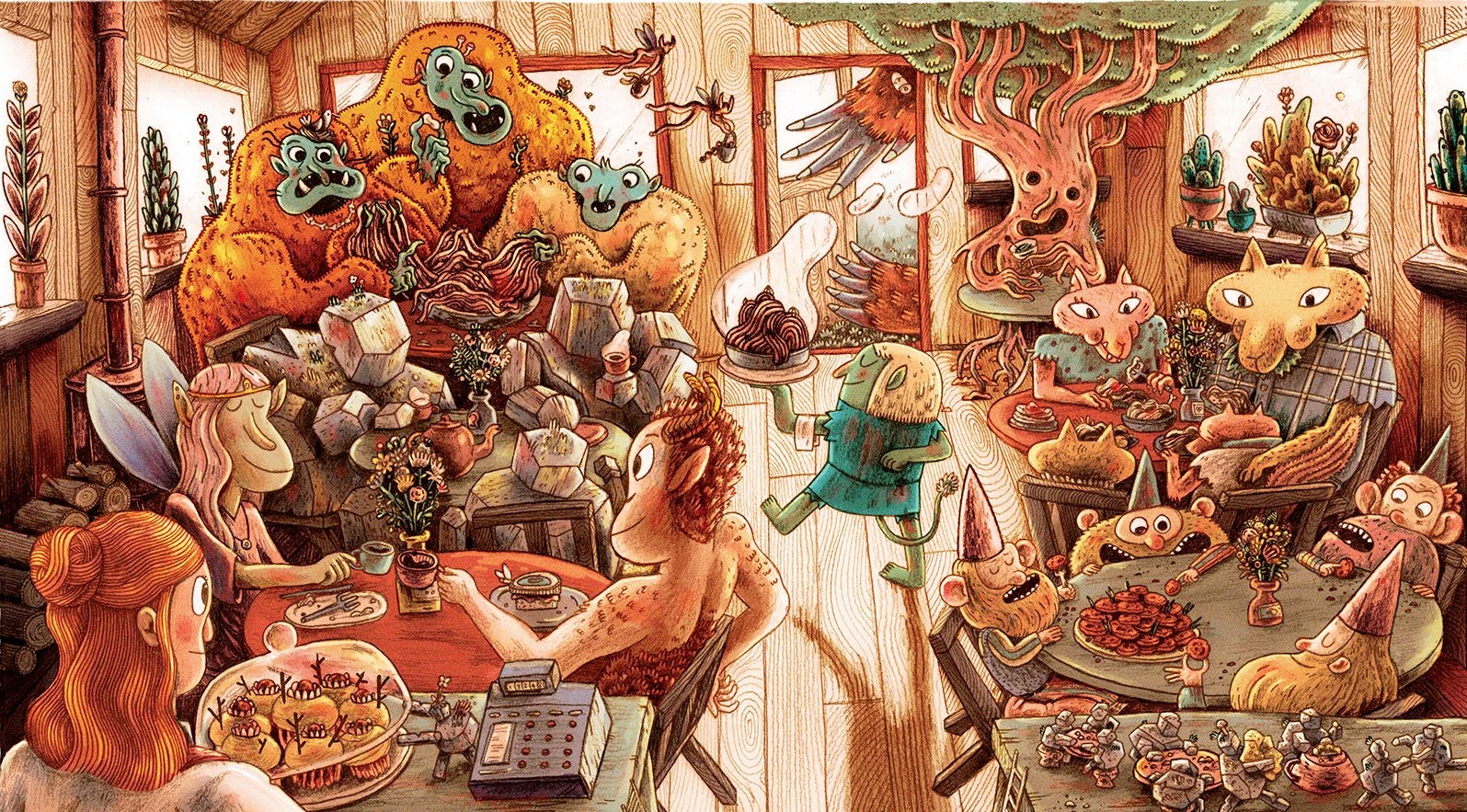
Mikey’s enthusiasm for picture books also provides an insight into how to approach them from a story perspective. “Long before the daily kids’ bedtime reading routine, I collected picture books for myself, just for the succinct, joyful bullets of artistry that they are,” he reveals.
Adding, “It’s extremely difficult to tell a good story with no fat, but that works within this limited format. So when they land, it can be a magnificent feeling. You can get a lot out of a great picture book for putting not a lot in.
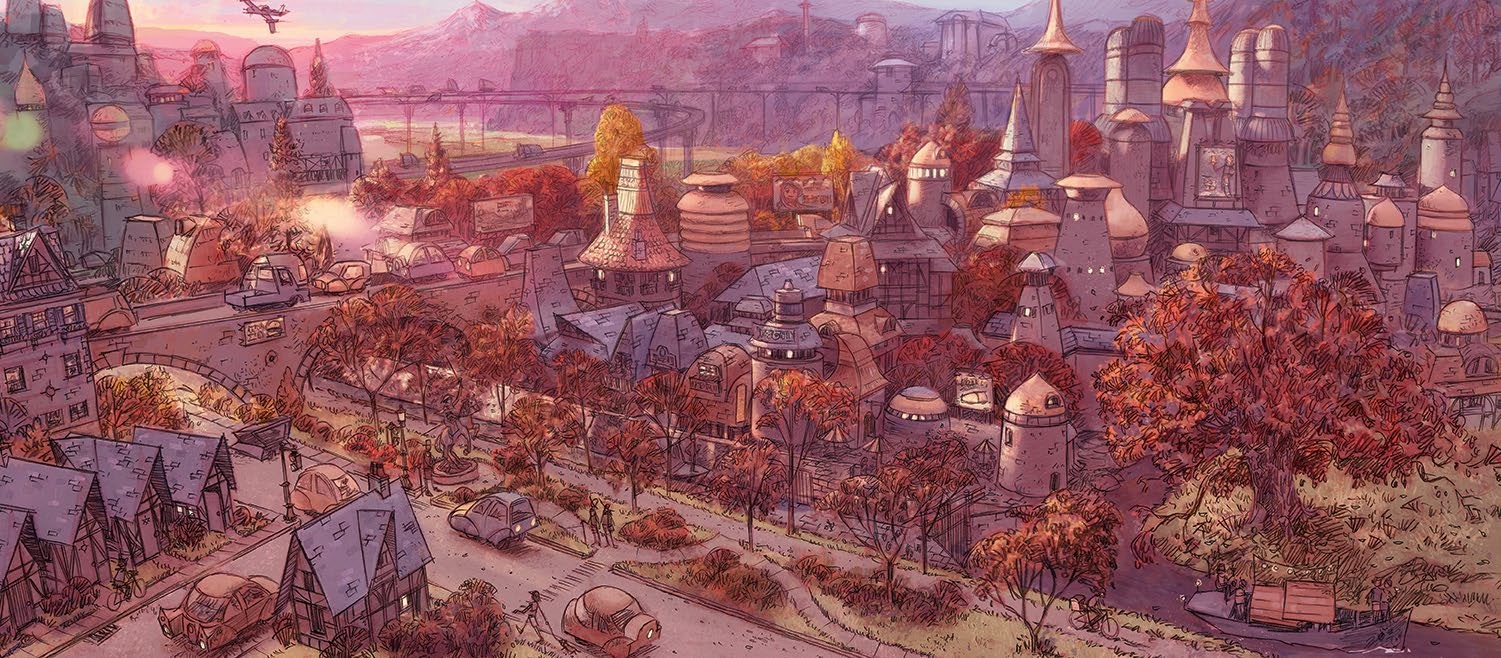
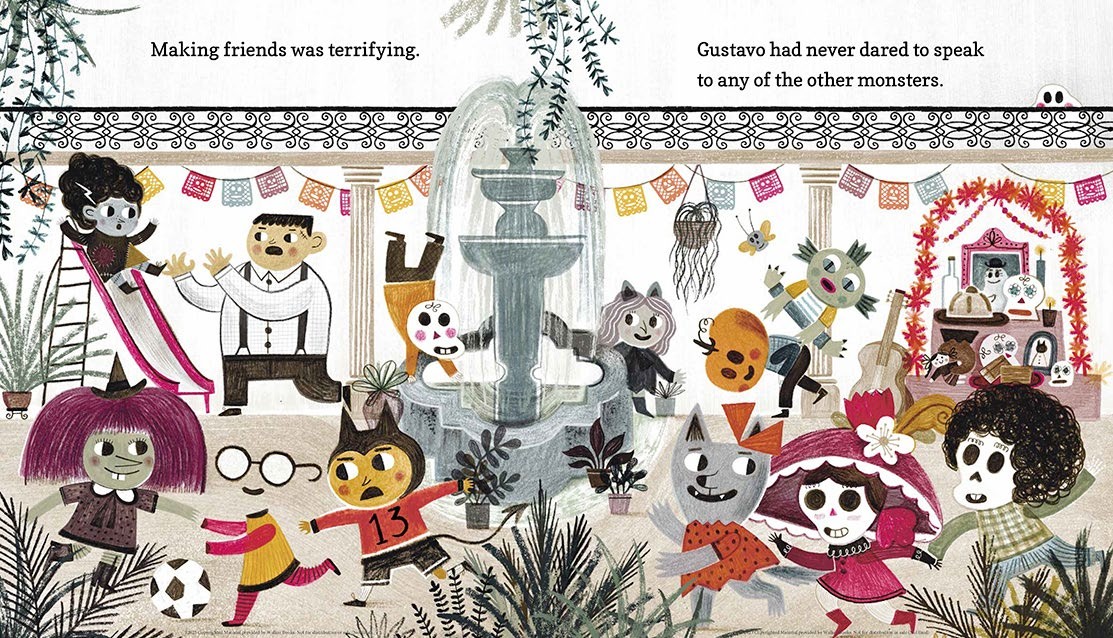
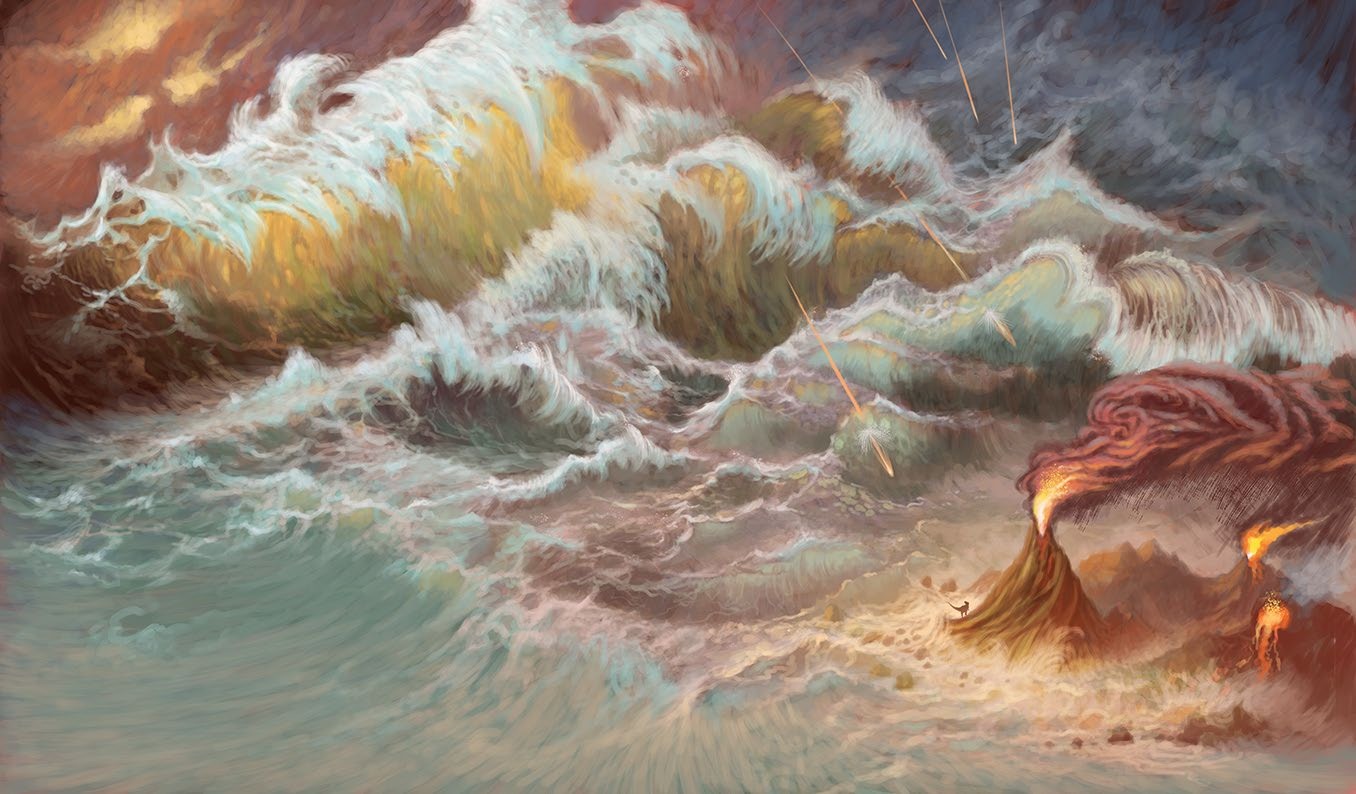
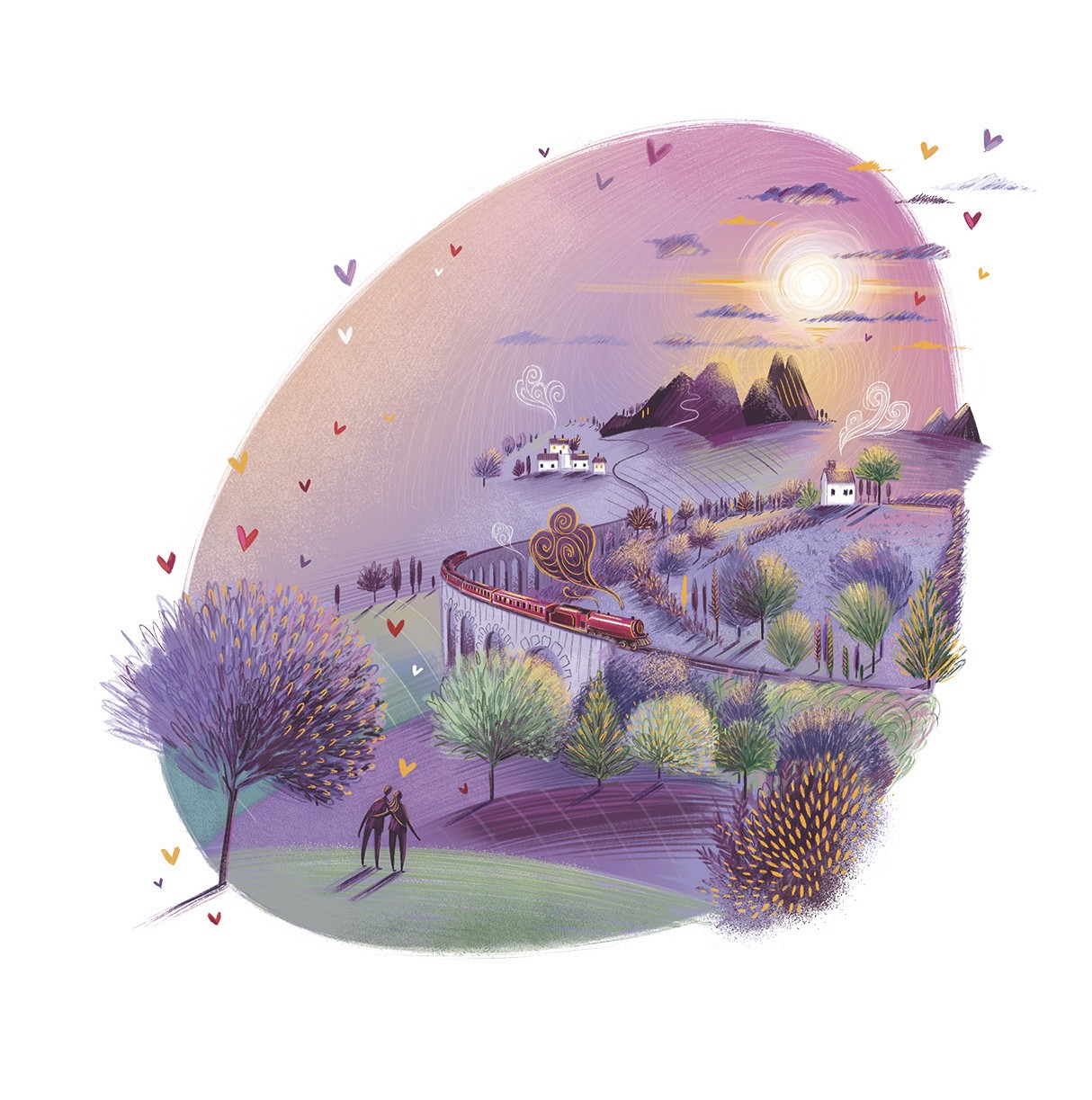
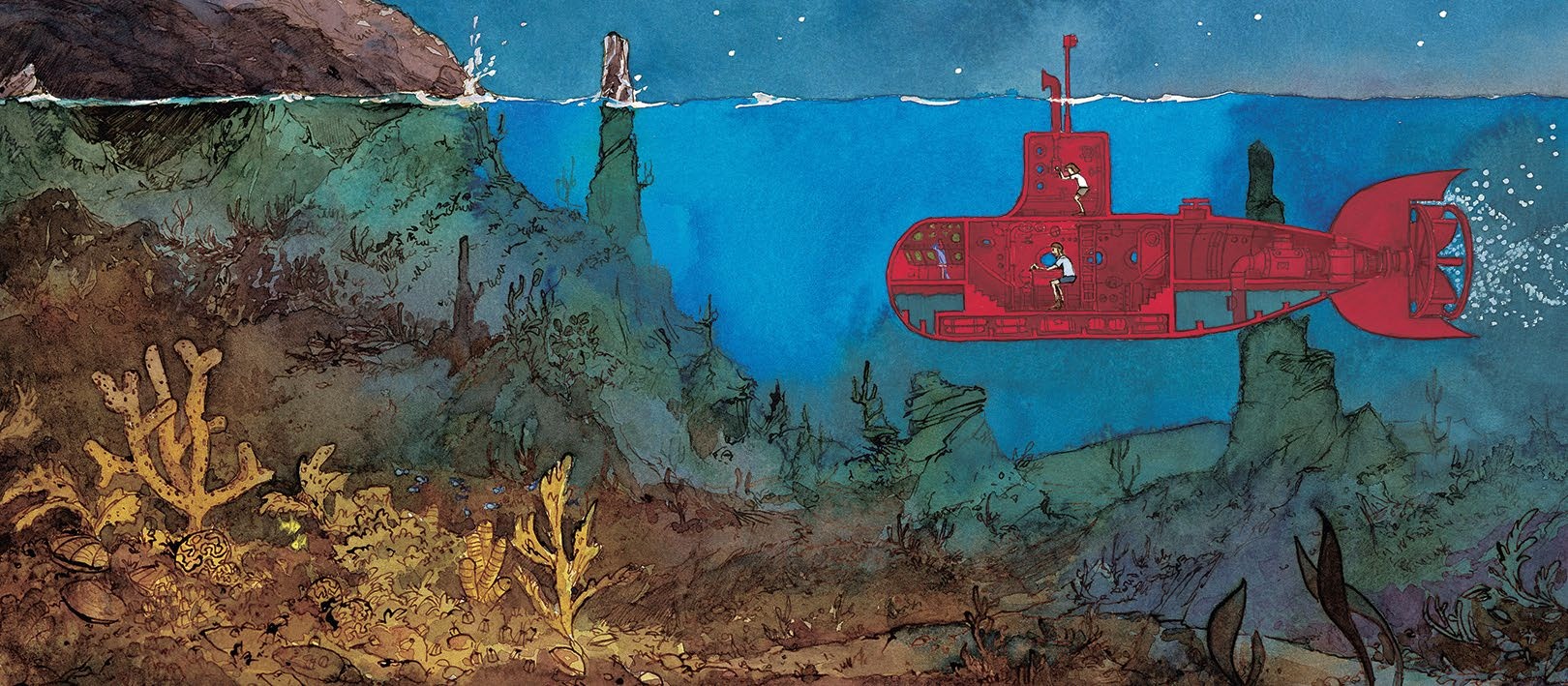
This content originally appeared in ImagineFX magazine, the world's leading digital art and fantasy art magazine. ImagineFX is on sale in the UK, Europe, United States, Canada, Australia and more. Limited numbers of ImagineFX print editions are available for delivery from our online store (the shipping costs are included in all prices).







